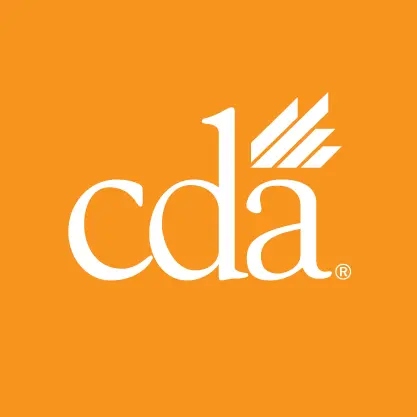All businesses that are open to the public, including dental practices, should ensure their websites are accessible to people with disabilities as required by the Americans with Disabilities Act.
Litigation based on violations of AwDA is increasing with plaintiffs especially targeting business websites that are not accessible to individuals with hearing, vision, dexterity or learning impairments.
Recent settlements with larger companies over website accessibility have made the news, such as the U.S. Department of Justice’s agreements with Rite Aid Corporation and Kroger to make their online COVID-19 vaccine registration accessible for people with disabilities.
But dental practices, too, can be held liable for website-related violations of AwDA. Legal claims have been filed against several practices in Southern California for not having accessible websites.
According to claims representatives at The Dentists Insurance Company, most claims that TDIC handles are referred to as first-notice lawsuits.
“Plaintiffs are targeting dental offices for profit, not because they have any intention of becoming patients, so they’re not incentivized to give the office an opportunity to address the accessibility issue,” TDIC stated in a Risk Management article.
Minimum damages for a first offense are $4,000 or $4,500 and can multiply for every site revisit — as much as $25,000 to $30,000 in legal fees or mediation if not covered by a practice’s dental business liability insurer.
Practices can take steps now to make their websites accessible to people with disabilities
Recent guidance from the U.S. Department of Justice explains how businesses that are open to the public can ensure their websites are accessible to people with disabilities as required by AwDA.
The guidance covers why accessibility matters, provides examples of barriers to accessibility and offers tips for making website content accessible to individuals who are blind, color blind, deaf or hard of hearing, as well as to people with limited mobility or manual dexterity.
Barriers to website accessibility include:
- Poor color contrast
- Inaccessible online forms
- Use of color alone to give information
- Lack of text alternatives on images
- No captions on videos
- Mouse-only navigation
No captions on videos, for example, will prevent people with hearing disabilities from understanding information communicated only through video, while the use of color alone to provide information will prevent people who are color-blind from accessing color-coded information because of their inability to distinguish certain colors from others.
Online forms may be inaccessible to people with disabilities if the forms lack clear instructions and error indicators, while mouse- or trackpad-only navigation of a website will present problems for individuals who have a manual dexterity disability. Keyboard navigation is essential for some individuals.
Dental practices can follow Web Content Accessibility Guidelines
No governmental regulation detailing web content compliance standards exists, but the DOJ guidance states that businesses that fall under public accommodations requirements must have websites that offer “reasonable accessibility” to people with disabilities. The guidance states that businesses can follow evolving technical standards known as the Web Content Accessibility Guidelines.
As a first step, Cory Roletto, co-owner of WEO Media, suggests dental practices add the ability for a website user to enlarge the type size of content on a webpage.
“By adding a visible accessibility button on your homepage, you can direct the user to an accessibility information page for options such as increasing the type size or contacting the dental office by phone to make an appointment instead of using an online appointment calendar,” Roletto said.
Course at CDA Presents will cover website accessibility lawsuits
Dentists can attend “Website Compliance Lawsuits: What You Need To Know” May 14 at CDA Presents The Art and Science of Dentistry in Anaheim.
Presented by Arthur Curley, JD, and sponsored by TDIC, the 1.5-hour course will provide an overview of trending AwDA lawsuits and help dentists understand any legal vulnerabilities of their current practice website and identify changes they can make quickly to address those vulnerabilities. The course offers 1.5 units of core C.E.

